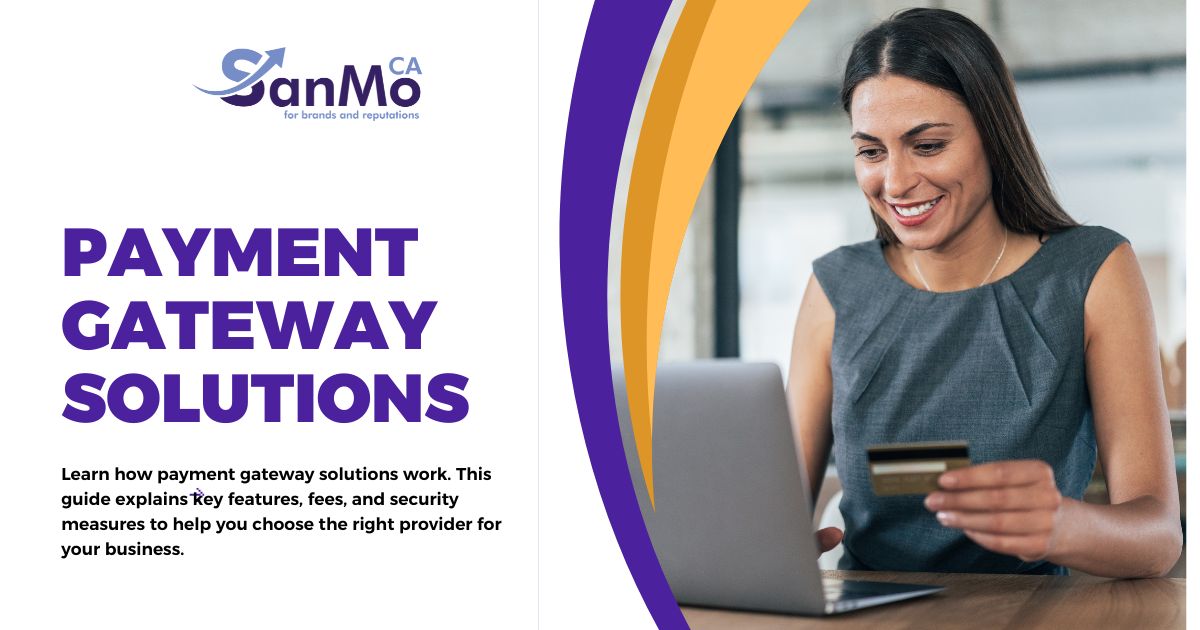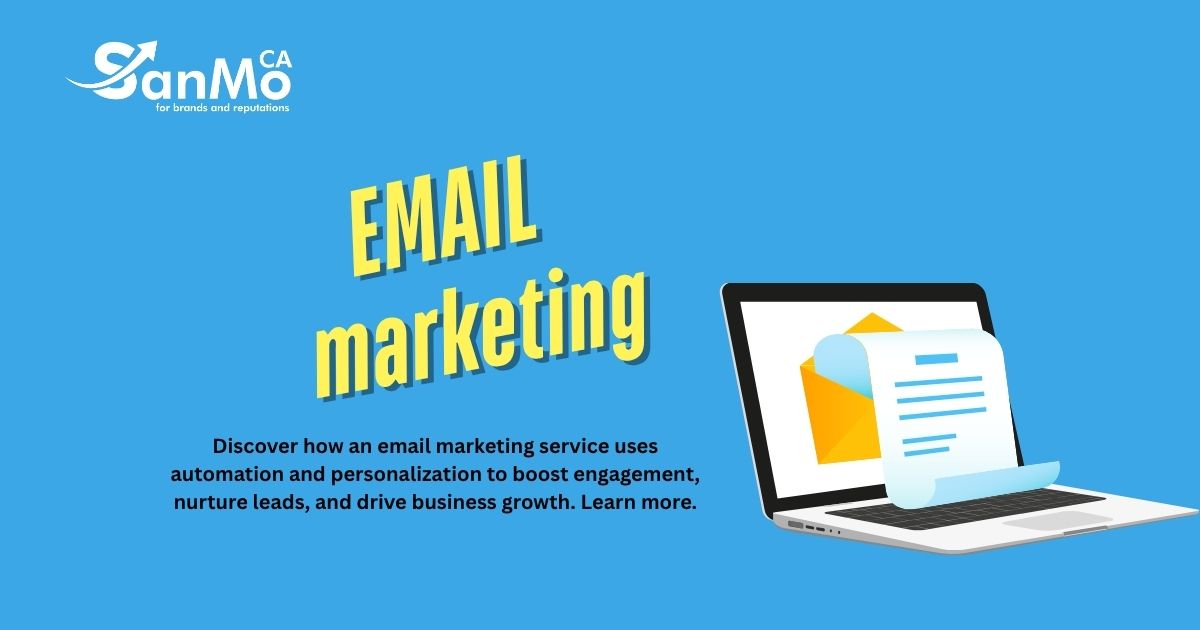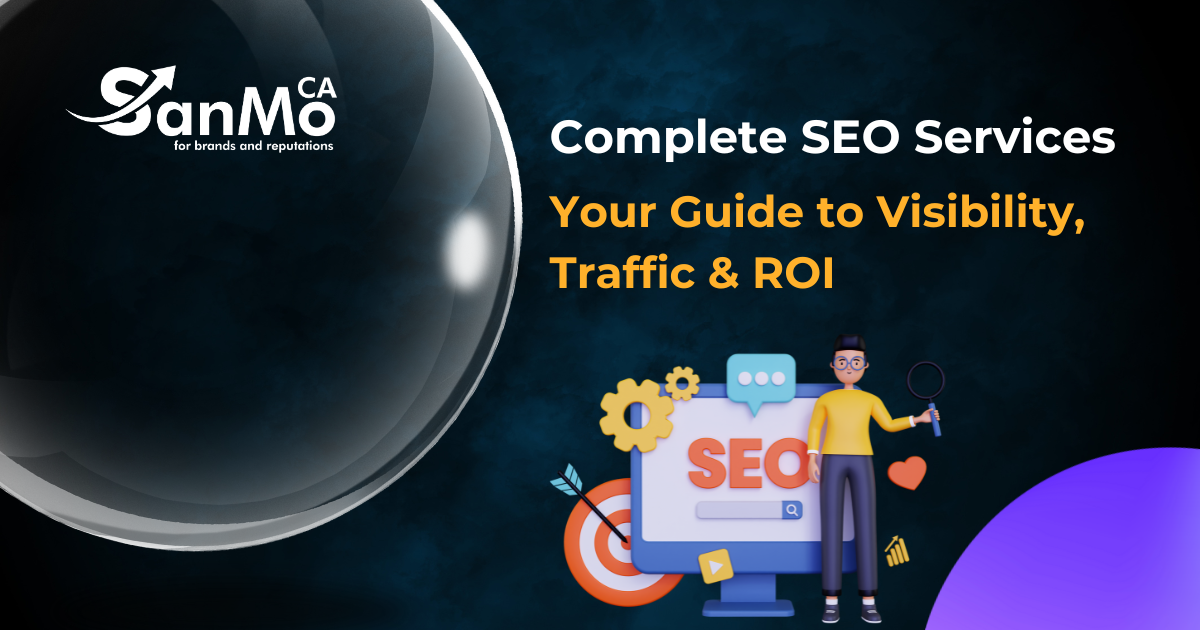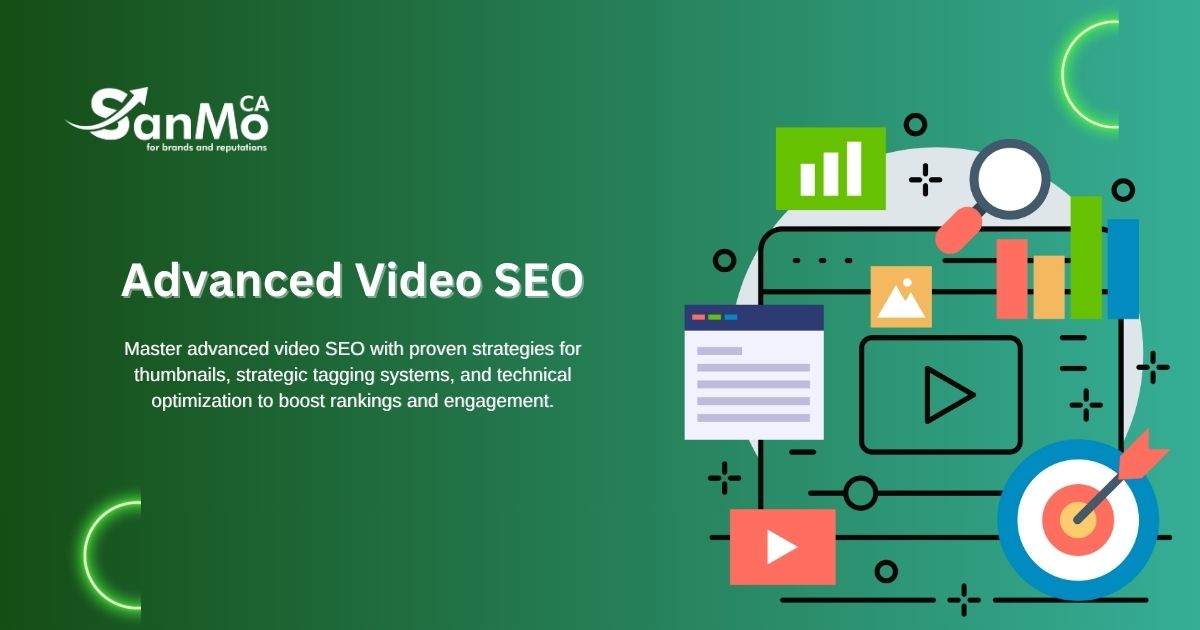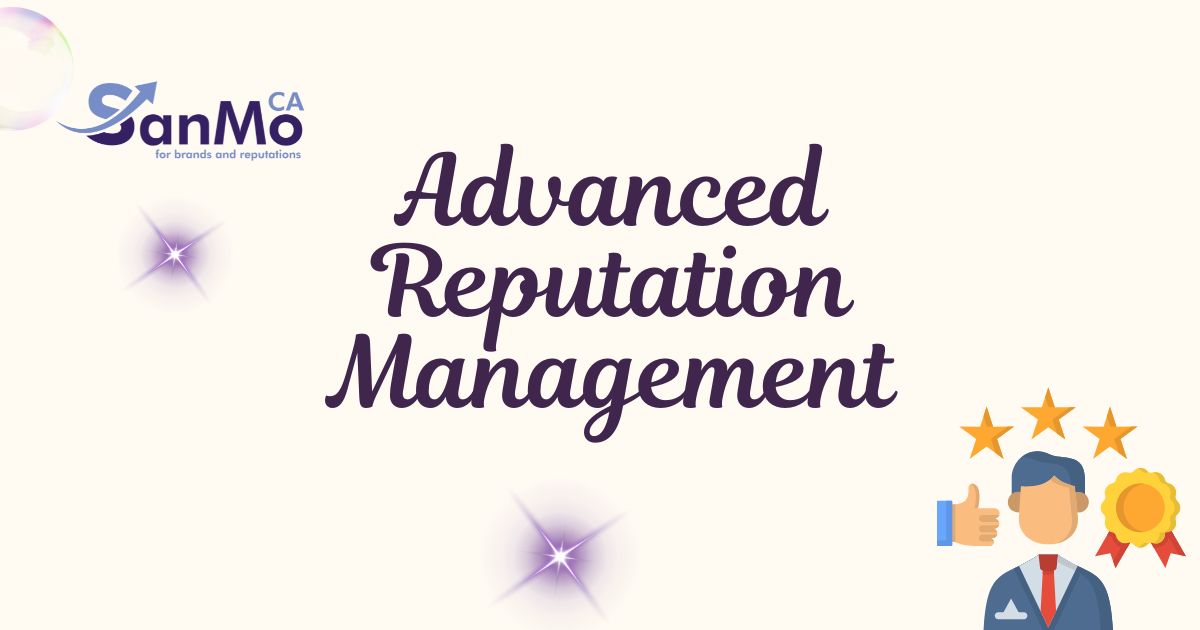Online shopping has become second nature for most of us. We find a product, add it to our cart, enter our credit card details, and click “buy.” Moments later, a confirmation email lands in our inbox. But what happens in those few seconds between clicking the button and receiving that confirmation? This is where a payment gateway solution works its magic.
For any business operating online, understanding payment gateways is not just a technical necessity; it’s a fundamental part of providing a secure and smooth customer experience. This technology acts as the digital equivalent of a physical point-of-sale terminal, securely transmitting payment information from the customer to the bank.
This guide will explain everything you need to know about payment gateway solutions. We’ll cover their essential features, break down the typical fee structures, and explore the security measures that protect both your business and your customers. By the end, you’ll have a clear understanding of how to choose the right solution for your business needs.
What is a Payment Gateway?

A payment gateway is a service that authorizes and processes credit card and direct debit payments for online businesses. Think of it as the secure middleman between your e-commerce store and the financial institutions that handle the payment transaction.
When a customer makes a purchase on your website, the payment gateway performs several critical steps in a matter of seconds:
- It encrypts the customer’s sensitive payment data (like their credit card number).
- It sends this encrypted information to the payment processor used by your acquiring bank (your business’s bank).
- The payment processor then forwards the transaction details to the card association (e.g., Visa, Mastercard).
- The card association routes the transaction to the customer’s issuing bank (the bank that issued the credit card).
- The issuing bank checks for sufficient funds and either approves or denies the transaction.
- This response is sent back through the chain to the payment gateway, which then communicates it to your website.
This entire process happens almost instantly, providing a seamless checkout experience for the customer while ensuring the transaction is secure and legitimate.
Essential Features to Look For
Not all payment gateway solutions are created equal. When evaluating options for your business, it’s important to consider a range of features that can impact your operations, security, and customer experience.
Security and PCI Compliance
Security is non-negotiable. A breach of customer data can be catastrophic for a business’s reputation and finances. Your payment gateway must be PCI DSS (Payment Card Industry Data Security Standard) compliant. This is the global standard for securing credit card data. Key security features include:
- Tokenization: Replaces sensitive card details with a unique, non-sensitive equivalent known as a “token.” This token can be used for recurring payments without storing the actual card number, significantly reducing your security risk.
- Encryption: Ensures that data transmitted between your customer’s browser, your server, and the payment processor is unreadable to fraudsters. Look for gateways that use strong encryption protocols like Transport Layer Security (TLS).
- Fraud Detection Tools: Advanced gateways offer built-in fraud prevention tools, such as AVS (Address Verification System), CVV (Card Verification Value) checks, and AI-powered algorithms that analyze transaction patterns to flag suspicious activity.
Integration Options
How will the payment gateway connect with your e-commerce platform? The answer determines the ease of setup and the checkout experience you can offer. There are generally three types of integration:
- Hosted Payment Page: The simplest option. The customer is redirected from your checkout page to a secure page hosted by the payment gateway to enter their payment details. This minimizes your PCI compliance burden but can be a less seamless customer experience.
- iFrame or Embedded Checkout: The payment form is embedded directly on your checkout page via an iFrame. This keeps the customer on your site, providing a more integrated feel while still isolating the sensitive data entry field from your servers.
- Direct API Integration: Offers the most control and customization. The entire checkout process happens on your site, and you are responsible for collecting and transmitting payment data via the gateway’s API. This provides the best user experience but carries the highest PCI compliance responsibility.
Accepted Payment Methods
Today’s customers expect to pay with more than just a credit card. A good payment gateway should support a variety of payment methods to maximize your conversion rates. Consider whether the gateway accepts:
- Major credit and debit cards (Visa, Mastercard, American Express)
- Digital wallets (Apple Pay, Google Pay, PayPal)
- Direct bank transfers or ACH payments
- Buy Now, Pay Later (BNPL) services (Afterpay, Klarna)
- Payments in multiple currencies if you sell internationally
Reporting and Analytics
Understanding your sales data is crucial for growth. Your payment gateway solution should provide a comprehensive dashboard with detailed reporting tools. This allows you to track transaction volumes, monitor approval and decline rates, identify sales trends, and reconcile your accounts more easily. Look for features that allow you to filter data by date, payment method, and other variables.
Understanding the Fee Structure
Payment gateway fees can be complex, and it’s important to understand what you’ll be charged to avoid surprises. While pricing models vary between providers, most include a combination of the following fees.
Setup Fee
Some providers charge a one-time fee to set up your account. However, with the rise of modern payment solutions like Stripe and Square, setup fees are becoming less common, especially for standard e-commerce businesses.
Monthly Fee
This is a recurring flat fee you pay each month to maintain your account with the payment gateway provider. It covers access to the gateway and customer support. Providers like SanMo CA often bundle services and support into their monthly plans.
Transaction Fees
This is the most significant cost component. Providers typically charge a fee for every transaction they process. This is often structured as a percentage of the transaction amount plus a small fixed fee. For example, a common rate might be 2.9% + $0.30 per transaction.
It’s important to note that this fee often includes the interchange fee (paid to the issuing bank) and the assessment fee (paid to the card association). Rates can vary based on your business volume, the type of card used (e.g., corporate cards often have higher rates), and whether the transaction is domestic or international.
Other Potential Fees
Be sure to ask about other possible charges, which might include:
- Chargeback Fee: A fee charged if a customer disputes a transaction and a chargeback is initiated.
- Refund Fee: Some gateways may charge a fee to process a refund.
- PCI Compliance Fee: A fee for services related to maintaining your PCI compliance.
- International Transaction Fee: An additional percentage charged for payments made with non-domestic cards.
When comparing providers, create a model based on your expected sales volume and average transaction size to get a realistic estimate of your total monthly costs.
Making the Right Choice for Your Business
Choosing the right payment gateway solution is a critical decision that impacts your operational efficiency, security, and customer trust. By carefully evaluating features, understanding the fee structures, and prioritizing security, you can find a partner that supports your business as it grows.
Start by assessing your specific needs. Are you a small startup that needs a simple, all-in-one solution? Or are you a larger enterprise with complex integration requirements? Once you have a clear picture, you can start comparing providers.
Don’t hesitate to reach out to providers like SanMo CA to discuss your needs and get a detailed breakdown of their services and pricing. A reliable payment gateway is more than just a tool—it’s a foundational part of your e-commerce success.

